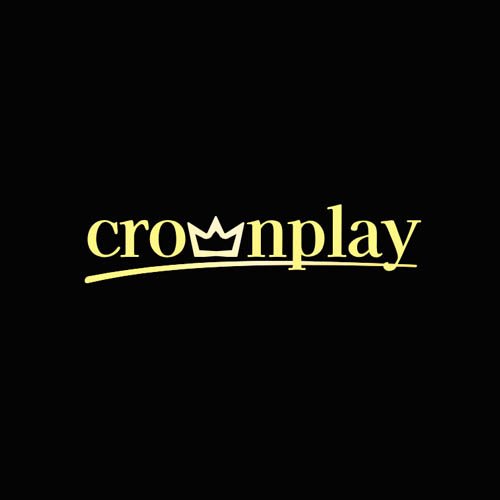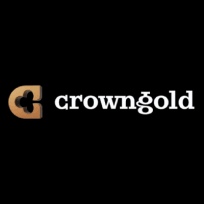Affiliate Disclosure: An In-Depth Overview for Australian Audiences


Affiliate Disclosure is essential for transparency and trust in affiliate marketing. This comprehensive guide—tailored for Australian readers—explains what an affiliate disclosure is, why it matters, legal requirements in Australia, best practices, examples, and how to craft your own. Whether you’re running a blog, review site, or social media channel that earns commissions, you’ll find everything you need right here
What Is an Affiliate Disclosure?
An affiliate disclosure is a statement that informs your audience you may earn a commission if they click on affiliate links or make purchases through them. It’s your way of being transparent about the business relationship between you and the products or services you recommend.
Why Affiliate Disclosures Matter
Building Trust with Your Audience
Transparency: Shows readers you’re honest about monetization.
Credibility: Readers appreciate upfront honesty and are more likely to trust your recommendations.
Relationship Strength: Encourages long-term loyalty by avoiding hidden agendas.
Maintaining Transparency and Ethics
Ethical Marketing: Clearly discloses financial incentives behind content.
Avoiding Misleading Claims: Ensures readers know when content is influenced by affiliate partnerships.
Legal Requirements in Australia
Affiliate disclosures in Australia are governed primarily by the ACCC and, in certain cases, by ASIC.
Australian Competition and Consumer Commission (ACCC)
Australian Consumer Law (ACL): Prohibits misleading or deceptive conduct. Failing to disclose affiliate links may be considered deceptive.
Guidelines: The ACCC expects clear and prominent disclosures whenever there’s a commercial relationship.
Australian Securities and Investments Commission (ASIC)
Financial Products: If recommending financial products (e.g., super funds, insurance), additional disclosure under the Corporations Act may apply.
General Advice Warning: Might be required if you provide financial advice in conjunction with affiliate links.
Key Elements of a Compliant Affiliate Disclosure
| Element | Description |
|---|---|
| Clear Language | Use simple, unambiguous wording like “I earn a commission...” |
| Prominent Placement | Place at the top of posts, next to links, or in a site-wide banner. |
| Per-Post vs. Site-Wide | Include in each affiliate post, and consider a site-wide policy page with details. |
Examples of Effective Affiliate Disclosures
Blog Post Example
“This post contains affiliate links. If you click and purchase, I may earn a small commission at no extra cost to you.”
Sidebar Banner
“Affiliate Disclosure: Some links on this site are affiliates, which means we may earn a commission.”
Video Description
“Links marked with () are affiliate links. Purchases support the channel at no extra cost.”*
Step-by-Step Guide: Crafting Your Own Disclosure
Identify All Affiliate Relationships
List every program and network you participate in.
Note which links in your content are affiliate links.
Choose the Right Wording
Transparent: “I earn a commission…”
Concise: Keep it short but informative.
Disclaimer: Add a brief note that prices don’t change for users.
Decide on Placement
Above the Fold: At the beginning of posts or pages.
Near Links: Inline parenthetical note or icon.
Site-Wide: Dedicated Disclosure page linked in the footer.
Review and Update Regularly
Revisit disclosure wording quarterly.
Update when adding new affiliate programs.
Common Mistakes to Avoid
Vague Language: “This is a sponsored link” can be confusing.
Hidden in Footer: Burying disclosures where readers won’t see them.
One-Time Disclosure: Not restating in every affiliate post.
Affiliate Disclosure for Social Media and Video
Social Posts: Use hashtags like
#ador#affiliateat the start of captions.Video Content: Mention verbally in the video and include text in descriptions.
Story Features: Add a visible “Ad” or “Sponsored” sticker.
Tracking and Reporting Affiliate Earnings
Use Dashboards: Most networks provide real-time earning reports.
Spreadsheet Tracking: Record link performance, clicks, and commissions.
Monthly Reviews: Analyze top-performing links and adjust strategy.
Advanced Tips and Best Practices
A/B Test Disclosure Wording: See which phrasing leads to optimal clicks and trust.
Integrate with Privacy Policy: Explain cookie usage related to affiliate links.
Educate Your Audience: Write a blog post dedicated to “How Affiliate Marketing Works.”
Frequently Asked Questions (FAQ)
Q1: Is an affiliate disclosure legally required in Australia?
A: While not explicitly mandated by a single law, the ACL prohibits misleading conduct, making clear disclosures essential.
Q2: How prominent must my disclosure be?
A: It should be visible without scrolling—ideally above the content or adjacent to affiliate links.
Q3: Can I use abbreviations like “AFF” for affiliate?
A: No. Use clear language like “affiliate” so there’s no confusion.
Q4: Do I need to disclose if I earn rewards points instead of cash?
A: Yes. Any material benefit, including points, warrants disclosure.
Q5: How often should I update my affiliate disclosure?
A: At least quarterly, and whenever you join new programs or change wording.
Call to Action
Transparency builds trust. Review your site today and ensure your affiliate disclosure is clear, prominent, and up to date. Not sure where to start? Download our free Affiliate Disclosure Checklist below to make your site compliant and credible.
Take action now—protect your reputation and keep your audience’s trust!









